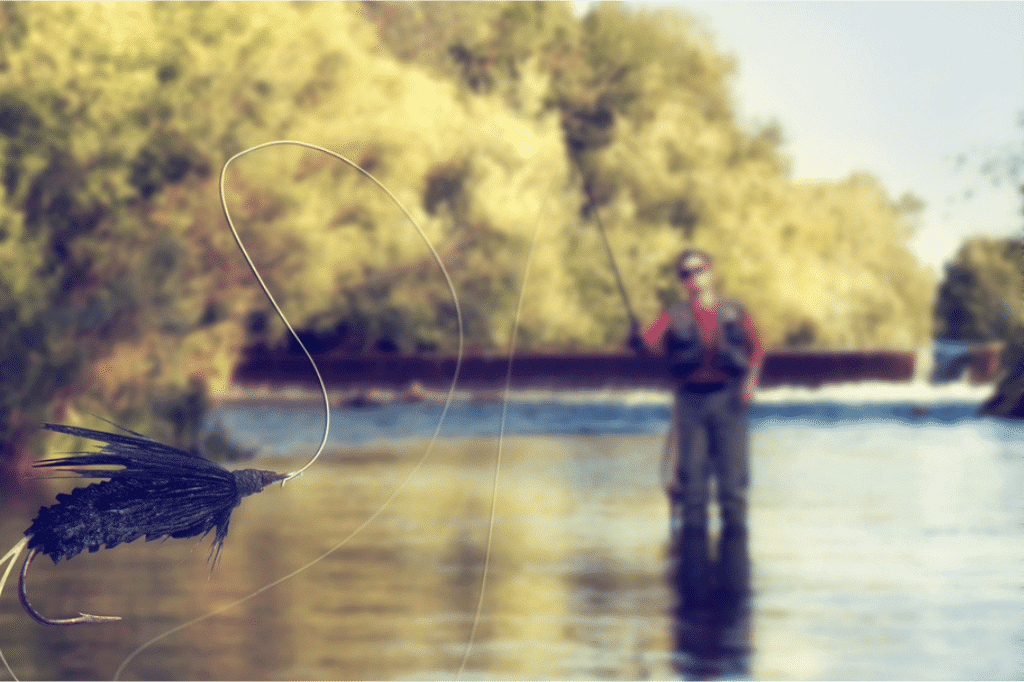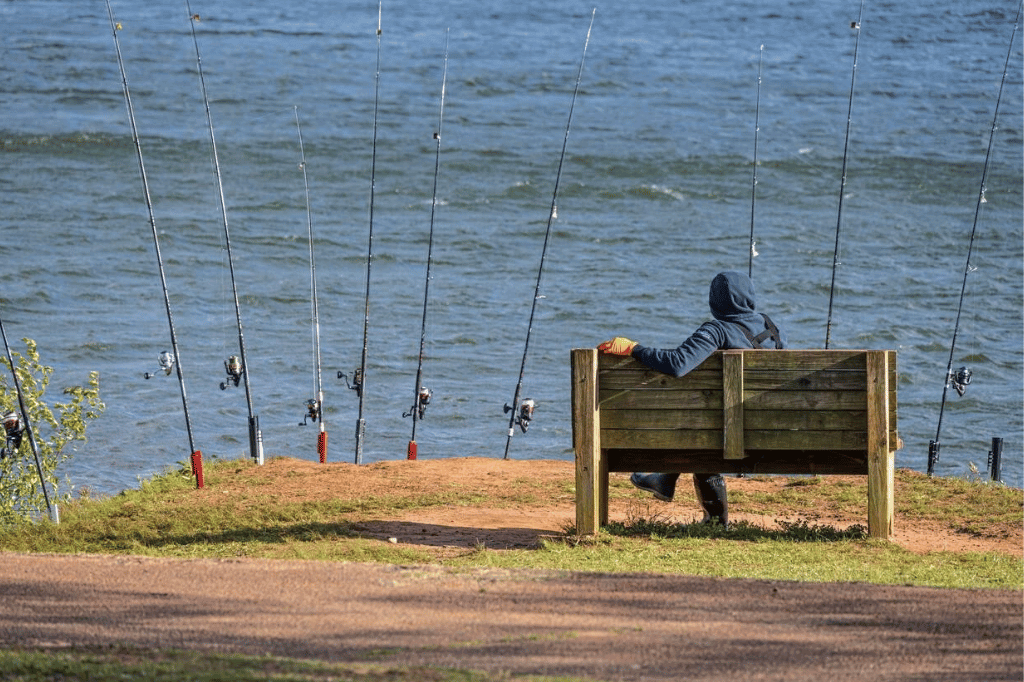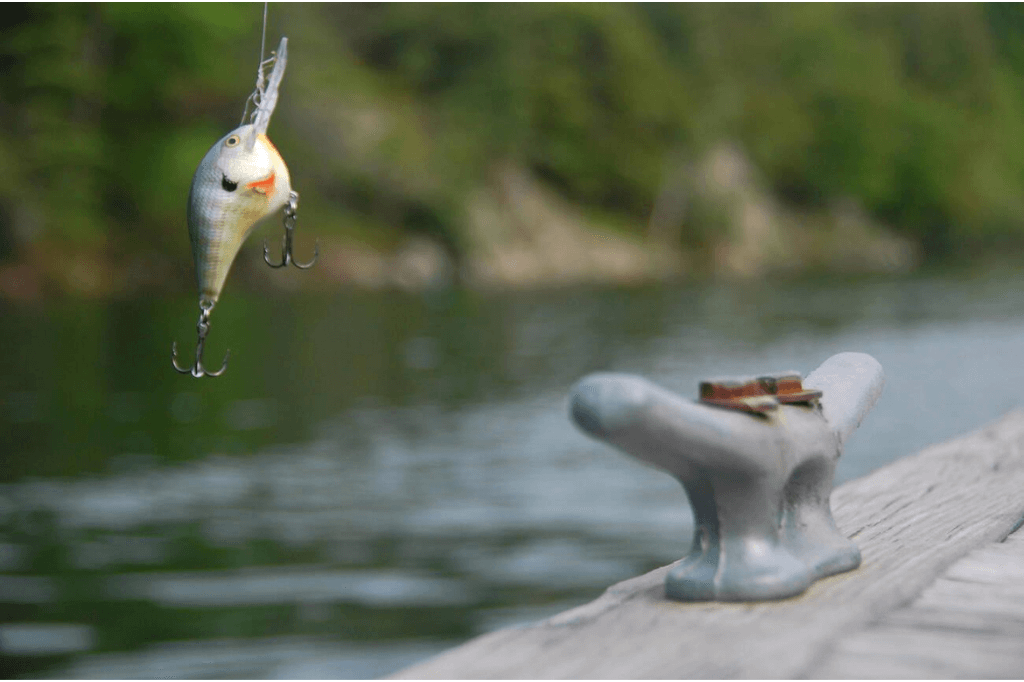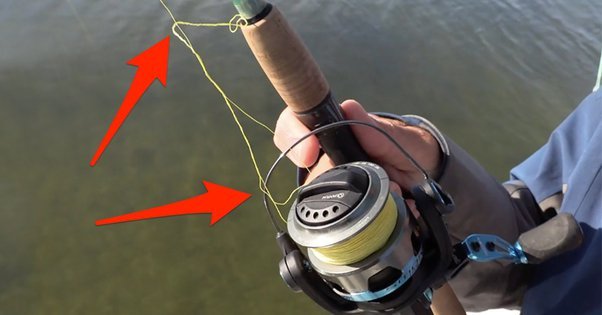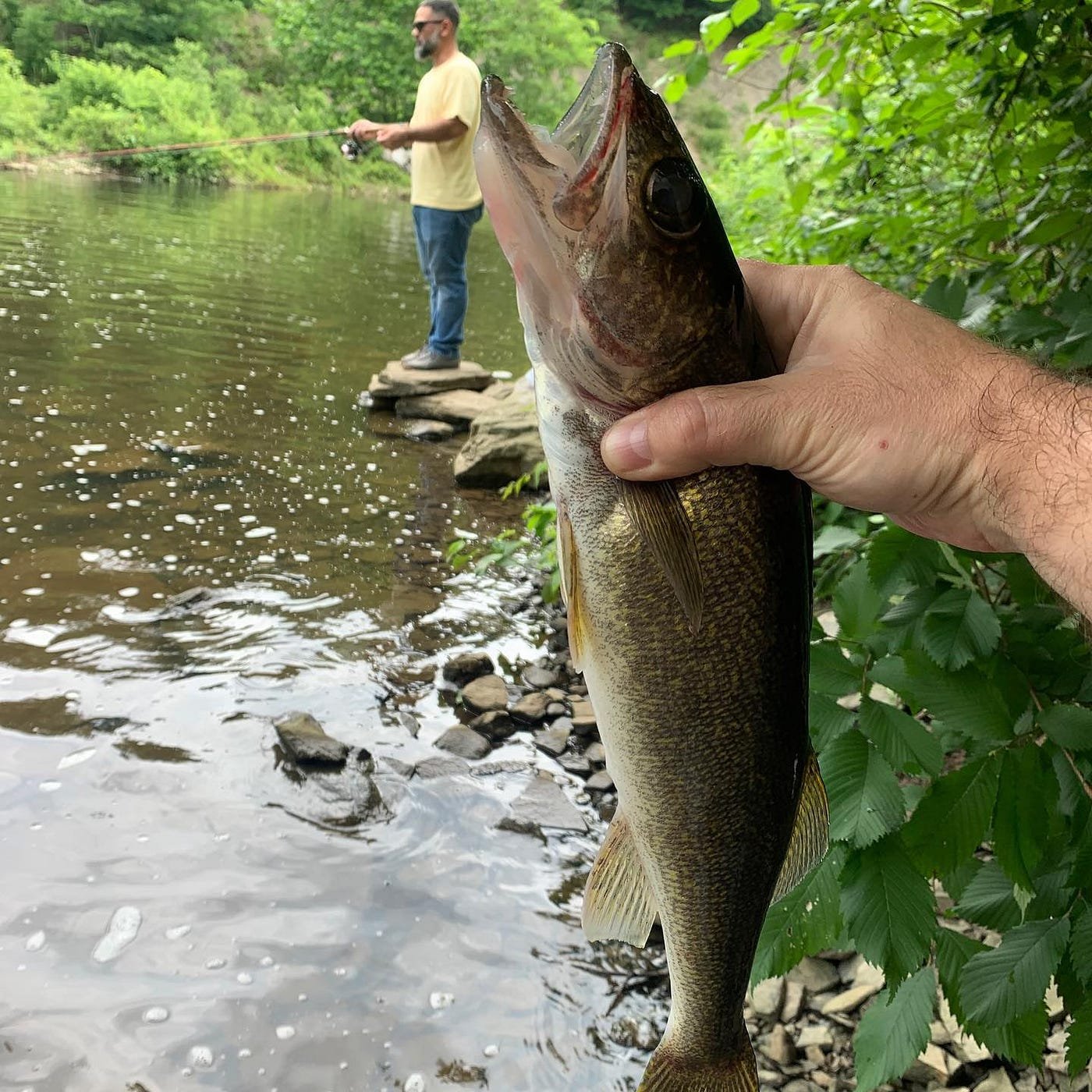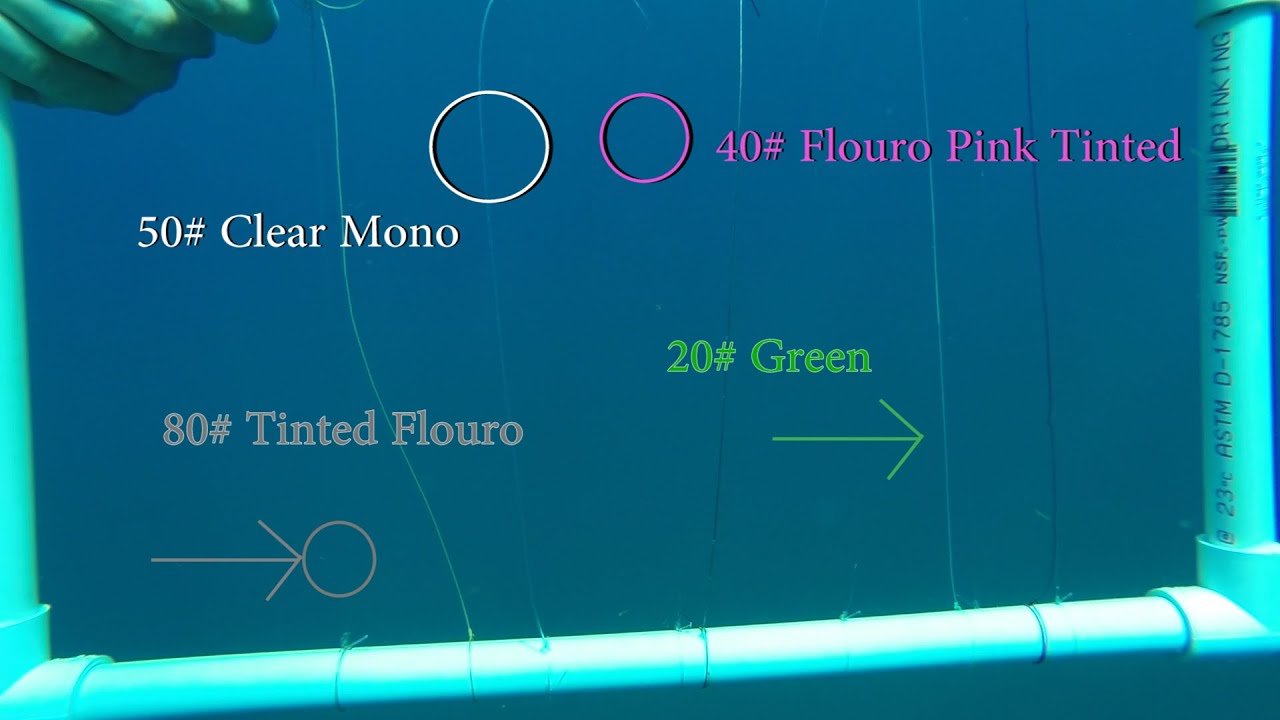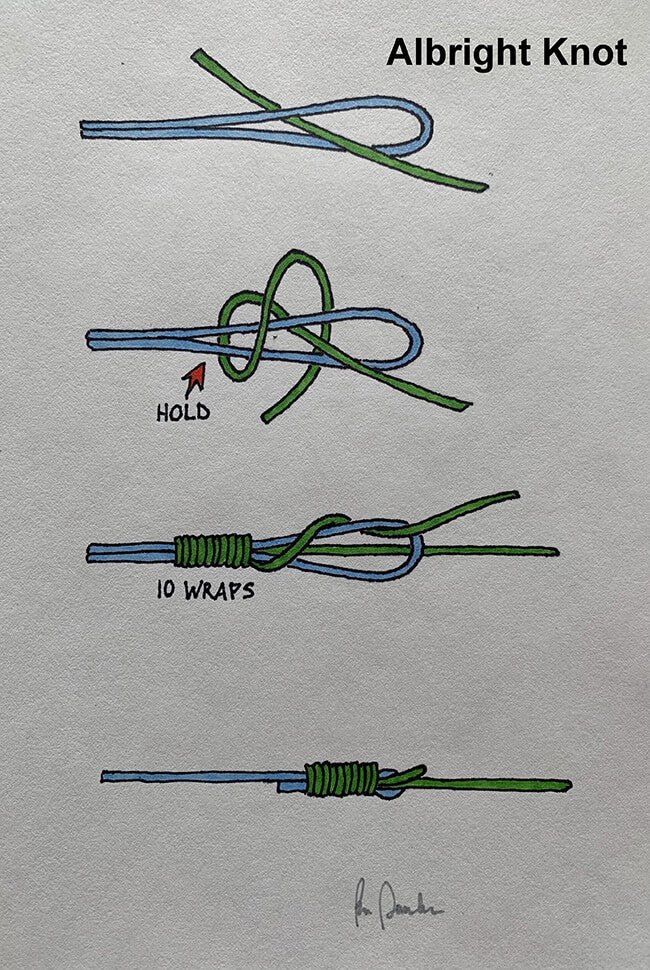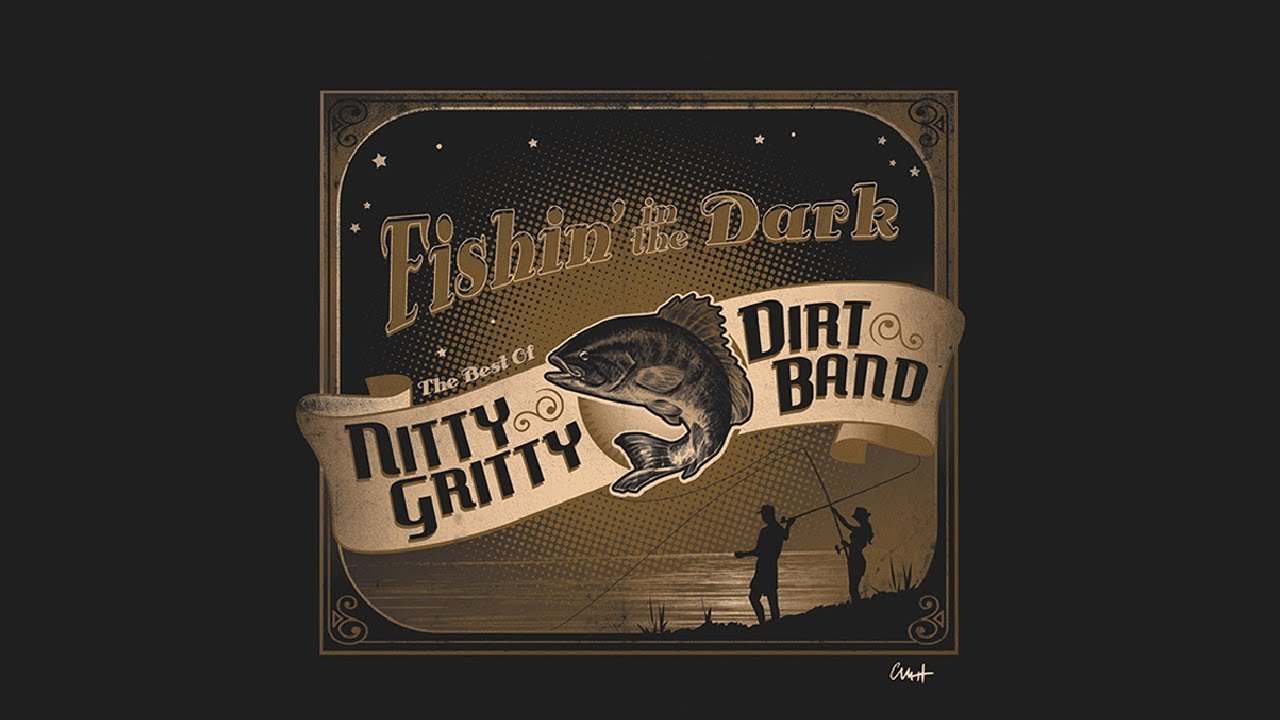Musky fishing requires specialized lures to effectively target this predator. These lures come in various types, including crankbaits, bucktails, and top water lures, each designed to mimic the natural prey of muskies. Understanding the behaviour and habitat of muskies can significantly improve your chances of a successful catch.
Selecting the right lure based on water conditions, weather, and time of year is crucial. Quality musky lures are durable, as they need to withstand the powerful strikes and fight of a musky. Investing in the right lures can make your fishing experience more productive and enjoyable.

The Allure Of Musky Fishing
Musky fishing offers a unique thrill that captivates anglers. Known as the “fish of ten thousand casts,” the musky is a prized catch. Its elusive nature and sheer size make it a top target for many fishing enthusiasts. Let’s dive deeper into what makes musky fishing so alluring.
Trophy Fish Tales
Every angler dreams of catching a trophy musky. Stories of massive muskies create excitement. These tales often include epic battles and dramatic moments. A single musky can weigh over 50 pounds. Its impressive size and strength make it a legendary catch.
Many anglers share their experiences online. This adds to the allure, creating a community of musky enthusiasts. These stories fuel the passion for musky fishing. They inspire others to take up the challenge. The dream of landing a giant musky keeps anglers coming back.
The Challenge And Excitement
Musky fishing is not easy. It requires patience, skill, and the right gear. The thrill comes from the challenge it presents. Each cast holds the promise of a giant musky. This keeps anglers on the edge of their seats.
Using the right lures is crucial. Musky lures come in various shapes and sizes. Each type is designed to mimic the prey muskies love. Choosing the right lure can make all the difference. The excitement of a musky strike is unparalleled. It is a heart-pounding experience that few other fish can match.
| Type of Lure | Best Conditions |
|---|---|
| Bucktail | Clear waters, daylight |
| Top water | Calm waters, early morning |
| Crankbait | Deep waters, overcast |
Musky fishing combines the joy of nature with the thrill of the hunt. Each trip is an adventure. The challenge and excitement make it worth every cast.
Musky Habitats Uncovered
Understanding where muskies live is crucial for a successful fishing trip. Knowing their habitats can make all the difference. Let’s dive into the fascinating world of musky habitats.
Freshwater Hotspots
Muskies thrive in freshwater environments. They prefer clear lakes, rivers, and reservoirs. Clear waters with abundant vegetation are their favourite spots. These areas provide excellent cover and plenty of food.
Here are some common freshwater hotspots for muskies:
- Large Lakes
- Slow-moving Rivers
- Reservoirs with Vegetation
- Weed Beds
Weed beds are particularly attractive to muskies. They offer both shelter and food. Look for areas with dense vegetation. Rocky shorelines and drop-offs are also prime locations. Muskies often patrol these areas in search of prey.
Seasonal Movements
Muskies change their locations with the seasons. Spring and fall are the best times to find them. During spring, muskies move to shallow waters. They seek warmer temperatures for spawning. In fall, they return to shallow areas to feed before winter.
Here’s a quick guide to musky movements throughout the year:
| Season | Location |
|---|---|
| Spring | Shallow Waters |
| Summer | Deeper Waters |
| Fall | Shallow Waters |
| Winter | Deepest Parts |
Summer sees muskies moving to deeper waters. They stay cool and find ample food. Winter pushes them to the deepest parts of lakes and rivers. They conserve energy during the colder months.
Understanding these movements will help you locate muskies throughout the year. Adjust your tactics according to the season. This ensures you have the best chance of catching these elusive fish.
Essential Gear For The Hunt
The thrill of musky fishing lies in the chase. To succeed, you need the right gear. In this section, we will discuss the essential equipment. This includes rods, reels, and tackle box items. Let’s dive in!
Rod And Reel Recommendations
Choosing the right rod and reel is crucial for musky fishing. A well-matched setup ensures you can handle the strength of these fish. Here are some top recommendations:
| Rod | Reel |
|---|---|
| St. Croix Mojo Musky Rod | Abu Garcia Revo Toro Beast |
| Shimano Compre Musky Rod | Daiwa Lexa HD |
These rods are known for their durability and performance. The reels provide the necessary torque and line capacity to handle musky.
The Tackle Box Essentials
Your tackle box should have a variety of lures. Each lure type has its advantages. Here are the must-haves:
- Bucktails: Great for covering large areas quickly.
- Crankbaits: Ideal for deeper water.
- Top water Lures: Perfect for early morning or late evening.
- Soft Plastics: Effective in weedy areas.
Don’t forget these additional items:
- Leader Lines: Prevents the fish from biting through the line.
- Hook Sharpeners: Keeps your hooks sharp and ready.
- Pliers: Essential for removing hooks safely.
With this gear, you are ready to tackle the mighty musky. Proper preparation is the key to a successful fishing trip.
Choosing The Right Musky Lures
Musky fishing requires the right tools for success. Choosing the right musky lures is crucial for attracting these elusive fish. The right lure can make all the difference between a productive day and an empty one.
Size And Colour Considerations
Size matters when selecting musky lures. Larger musky lures often attract bigger fish. Smaller musky lures can be effective in certain conditions. Consider the water clarity and forage size in the fishing area.
- Clear water: Use natural and subtle colours.
- Muddy water: Bright and loud colours work best.
- Forage size: Match the lure size to the prey in the area.
Action And Vibration Factors
Lure action and vibration are key elements that attract muskies. Different lures create unique movements and sounds in the water. These factors can stimulate a musky’s predatory instincts.
| Lure Type | Action | Vibration |
|---|---|---|
| Crankbaits | Wobbling | High |
| Spinnerbaits | Flashing | Moderate |
| Top water | Surface disturbance | Variable |
Experiment with different actions and vibrations to see what works best in your fishing spot. Remember, muskies can be picky about their prey, so variety is key.
Top Musky Lures To Consider
When targeting the elusive musky, selecting the right lure can make all the difference. Musky lures come in various shapes, sizes, and actions, each designed to entice these apex predators. Here, we will explore some of the top musky lures that you should consider adding to your tackle box.
Bucktails And Spinners
Bucktails and spinners are a staple in musky fishing. They are versatile and effective in different water conditions.
- Double-bladed bucktails: These lures create a lot of vibration in the water, attracting muskies from a distance.
- Single-bladed spinners: Perfect for slower retrieves, they mimic the movement of injured prey.
Key features of bucktails and spinners include:
| Feature | Benefit |
|---|---|
| Blade size | Determines the vibration and flash |
| Skirt material | Enhances movement and realism |
Crankbaits And Jerk baits
Crankbaits and jerk baits are essential for mimicking the natural prey of muskies. They offer a lifelike presentation that muskies find hard to resist.
- Crankbaits: These lures dive deep and have a wobbling action, perfect for covering large areas.
- Jerk baits: Known for their erratic movements, they are great for triggering reaction strikes.
Advantages of using crankbaits and jerk baits include:
- Varied retrieve speeds
- Realistic swimming actions
- Effective in both shallow and deep waters
Top water Thrills
Top water lures provide some of the most exciting moments in musky fishing. Watching a musky strike on the surface is thrilling.
Here are some popular top water lures:
- Prop baits: These create a lot of noise and commotion on the surface, attracting muskies from far away.
- Walk-the-dog lures: They zigzag across the surface, mimicking a fleeing baitfish.
Top water lures are best used:
- During early morning or late evening
- In calm water conditions
Techniques For Lure Success
Mastering musky fishing requires understanding the right techniques for using lures. This section will cover effective strategies to ensure your lure game is on point. By refining your methods, you can increase your chances of landing that elusive musky.
Casting Strategies
Casting is the first step in lure success. Aim to cast near structures like weeds, rocks, and logs. Muskies often hide in these areas. Use a side-arm cast for better accuracy. Long casts cover more water and increase your chances of a strike.
- Side-arm casts improve precision.
- Long casts cover more water.
- Cast near structures for higher success.
Retrieval Methods
Retrieval speed and style matter. Use a steady retrieve to mimic a swimming fish. Pause and jerk the lure to imitate injured prey. Vary your speed to find what works best.
- Steady retrieve mimics swimming fish.
- Pause and jerk for injured prey effect.
- Vary speed to attract muskies.
Experiment with these techniques and adjust based on conditions. Practice makes perfect in mastering musky lures. Happy fishing!
Timing Your Strikes
Timing your strikes is crucial for a successful musky fishing trip. Knowing when to cast your lure can make the difference between a trophy catch and an empty boat. Below, we explore the key factors to consider for perfect timing.
Understanding Feeding Times
Muskies have specific feeding times. These times are usually at dawn and dusk. During these periods, muskies are most active. They come out of hiding to hunt for food. Understanding these feeding times can greatly increase your chances of catching a musky.
Prime feeding times:
- Early morning (dawn)
- Late evening (dusk)
Weather And Water Conditions
Weather conditions play a significant role in musky activity. Overcast days often lead to more bites. Muskies feel safer to come out when the sky is cloudy. Wind can also affect musky behaviour. A light breeze can stimulate their feeding instincts.
Optimal weather conditions:
- Overcast skies
- Light wind
Water temperature is another crucial factor. Muskies prefer cooler water. The best water temperatures for musky fishing range from 60°F to 70°F. If the water is too warm, muskies become lethargic. In cold water, they slow down significantly.
Ideal water temperatures:
- 60°F to 70°F
By understanding feeding times and paying attention to weather and water conditions, you can improve your chances of a successful musky catch. Make sure to keep these factors in mind on your next fishing trip.
Catch And Release Best Practices
Musky fishing is thrilling. Ensuring the fish stay healthy after release is crucial. Following best practices helps maintain the musky population for future anglers. Below are essential tips for catch and release.
Handling Musky Safely
Handling musky carefully minimizes stress on the fish. Here are key steps:
- Use a rubber-coated net: It reduces damage to the fish’s scales and slime coat.
- Wet your hands before touching the fish to protect its slime layer.
- Avoid holding musky by the gills: Support the fish horizontally by holding under its belly.
- Use pliers to quickly remove hooks. Consider barbless hooks for easy removal.
- Minimize air exposure: Keep the fish in water as much as possible.
Conservation Tips
Conservation ensures musky populations thrive. Follow these tips:
- Practice selective harvesting: Release larger, breeding-sized fish to sustain the population.
- Avoid fishing during extreme temperatures: High heat can stress fish further.
- Handle fish gently: Rough handling can cause injuries.
- Educate others on the importance of catch and release.
Implementing these practices ensures a sustainable future for musky fishing. Every action counts towards conservation.
Beyond The Catch
Musky fishing offers more than just the thrill of the catch. It’s a holistic experience that includes recording your success and becoming part of a vibrant community. Let’s dive into these aspects and see how they enhance your musky fishing journey.
Recording Your Success
Keeping track of your catches can be both rewarding and useful. You can learn from your past experiences and improve your future fishing trips. Here are some tips to help you record your success:
- Take Photos: Capture the moment with a photo. This helps you remember the size and appearance of your catch.
- Use a Fishing Journal: Write down the date, location, and weather conditions. Note the type of lure used and the size of the fish.
- GPS Tracking: Use a GPS device to mark the exact spot of your catch. This helps you return to successful fishing locations.
- Share on Social Media: Post your catches on platforms like Instagram and Facebook. Connect with other anglers and get feedback.
Joining The Musky Angler Community
The musky angler community is a great place to share experiences and learn from others. Joining this community can make your fishing trips more enjoyable and productive. Here’s how you can become a part of it:
- Join Online Forums: Participate in discussions about techniques, gear, and locations. Websites like Musky Hunter and Muskies Inc. are good places to start.
- Attend Local Meetups: Look for local fishing clubs and attend their meetings. These gatherings offer a chance to meet fellow anglers in person.
- Take Part in Tournaments: Compete in musky fishing tournaments. This can be a fun way to test your skills and meet other passionate anglers.
- Follow Influencers: Follow experienced anglers on social media. Learn from their tips and tricks. Engage with their content to build connections.
Being part of the musky angler community not only enhances your skills but also enriches your overall fishing experience. So, grab your gear, hit the waters, and enjoy the journey beyond the catch!
Frequently Asked Questions
What Is The Best Lure For Muskies?
The best lure for muskies is the bucktail spinner. It mimics baitfish and triggers aggressive strikes from muskies.
What Colours Do Muskie See Best?
Muskies see best in colours like red, orange, and yellow. These colours stand out in their underwater environment. Bright and contrasting colours can attract muskies effectively.
How Do You Rig A Musky?
To rig a musky, use a heavy-duty rod and reel with strong line. Attach a steel leader and large bait.
Why Is Musky Fishing So Hard?
Musky fishing is challenging due to the fish’s elusive nature. They are known for their low density and unpredictable behaviour. Catching them requires patience, skill, and specialized gear. Their habitats are often difficult to access, adding to the difficulty.
Conclusion
Choosing the right musky lures can significantly improve your fishing success. Experiment with different types and sizes. Always consider water conditions and fish behaviour. The perfect lure can make all the difference. Happy fishing and tight lines!
















